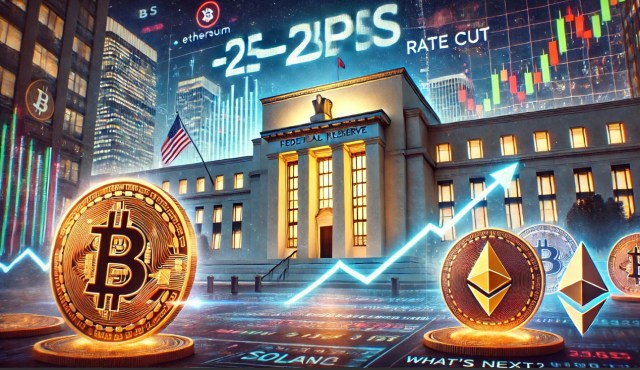LazAI, ZKM, Metis, and GOAT Unveil x402 (GMPayer): The Future of AI Payments

The first cross-chain x402 payment hub (GMPayer) to drive a decentralized AI economy is being built by LazAI, ZKM, Metis and GOAT Network. The platform allows AI agents to directly and immediately make trustless payments across multiple blockchains in multiple currencies- without intermediaries and human supervision.
GMPayer is based on the x402 standard, which is a significant step in making it possible to autonomously conduct financial transactions between AI entities.
The idea is based on the unused 402 Payment Required HTTP status code that has now been given a real-life implementation in decentralized payments.
In September 2025, coinbase and Cloudflare launched the x402 Foundation and were followed by technological leaders such as Google, Visa, AWS, and Anthropic, to establish a universal web-native crypto payment protocol. GMPayer makes that standard a reality, and machines can move value in a way that is verifiable autonomously.
How x402 Unlocks Machine-to-Machine Commerce
Status code 402 had been a place holder over three decades. At this point, the x402 converts it into functional machine payment gateway. In autonomous AI agent world, where data are purchased, compute power rented, and services sold, the absence of a direct payment channel was a hindrance, so x402 provides it without the need to spend money on other channels, prove, policy, and rights are embedded in each transaction.
This new protocol commits value to truth, that is, all transfers have cryptographic proof of their authenticity, purpose, and ownership. The outcome is a smart monetary layer that is capable of processing microtransactions on a massive scale without being centralized.
The Role of the x402 (GMPayer) Alliance
GMPayer is the combined experience of four innovative eco systems. LazAI brings on board its Data Anchoring Token (DAT) model. ZKM offers zero-knowledge proof infrastructure.
Meanwhile, Metis is the settlement and execution layer, which supports transactions on its Andromeda network. The Bitcoin-native rollup GOAT Network connects stablecoins and Bitcoin liquidity with zkRollup infrastructure, adding EIP-3009 support to transfer between chains without any reengineering.
A Four-Phase Vision for the AI Economy
The GMPayer roadmap is created in four steps. The initial stage is dedicated to the implementation of the multi-currency payment hub based on x402, where AI agents will be able to use their money to buy data and calculate independently. The second step will bring on board user controls- so humans can give spending authorities and allow budget constraints to their AI assistants.
Phase three is a full-blown AI business network where each service call is a transaction, and artificial intelligence tools are turned into revenue generators. Lastly, the fourth phase will seek to create a standardized AI value-exchange layer, in which any blockchain can add AI in an application-level manner.
$BANG Token Powers the Proof of Concept
To illustrate the real-time feature of GMCayer, the team has presented $BANG, which is a Proof-of-Concept token that is being deployed on both Metis Andromeda and GOAT Network.
The overall supply of tokens is 1 billion, consisting of half a billion on each chain, so that users can mint more than 1 million pounds of $BANG through a payment request of only 1 in $xMETIS or xGOATED with an x402 payment request. Every contribution rewards 5,000 $BANG tokens as an indication of participation.
The production unit is limited to 72 hours and commences November 3, 2025. Although there is no utility provided by $BANG at this time, it will act as a live demonstration of how x402 can scale to support verifiable, cross-chain micropayments.
You May Also Like

Franklin Templeton updates XRP ETF filing for imminent launch

Fed Lowers Rates By 25bps: How Bitcoin And Crypto Prices Responded And What’s Next

Canada’s budget promises laws to regulate stablecoins, following US
Canada’s government unveiled a plan to regulate stablecoins, requiring fiat-backed issuers to maintain sufficient reserves and adopt robust risk management measures. Canada is set to introduce legislation regulating fiat-backed stablecoins under its federal budget for 2025, following the footsteps of the US, which passed landmark stablecoin laws in July.Stablecoin issuers will be required to hold sufficient reserves, establish redemption policies and implement various risk management frameworks, including measures to protect personal and financial data, according to the government’s 2025 budget released on Tuesday.The Bank of Canada would allocate $10 million over two years, starting in the 2026-2027 fiscal year, to ensure everything runs smoothly, followed by an estimated $5 million in annual costs that will be offset from stablecoin issuers regulated under the Retail Payment Activities Act.Read more